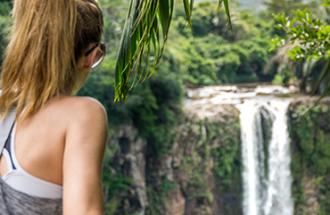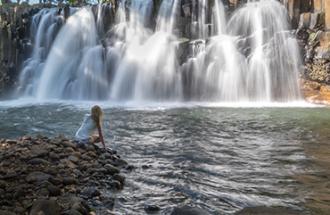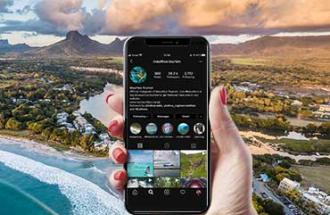Best Time to Visit
Mauritius benefits from a mild climate all year round with an average temperature of 25ºC and a pleasant water temperature suitable for swimming both during summer and winter. Almost all activities you are looking forward to do during your holidays can be made at any time of the year. However, the most agreeable times to visit the island are from April to June and from September to December to avoid the peak of summer and winter, the only two seasons in Mauritius.
Summer in Mauritius lasts from October to April, no spring unlike Europe, with sunlight from 5:30 am to 7 pm at the peak of the season. The heat peaks combined with a high degree of humidity, are felt from December to February, while periods of heavy rainfall are expected in February and March. The Indian Ocean records a cyclonic activity relatively intense each year during this season, but Mauritius, with its small size, is often spared. The buildings have been conceived to withstand strong winds, and you will be safe in your tourist residence. Security protocols have been settled and officials are prepared to deal with cyclones. The rooms are usually air-conditioned for your comfort during the hottest periods. Diving and deep-sea fishing enthusiasts will opt for this time to travel to Mauritius. It is also tropical fruit season, take the opportunity to taste litchis, mangoes, dragon-eye fruit and other delicious local fruits available on the market stalls.
Winter in Mauritius is rather mild with an average temperature of around 22®C. The nights are cooler and the hours of sunlight range from 6:45 to 17:35 during the peak of winter. The months of July and August are the windiest for the greatest pleasure of surfers, kite surfers and windsurfers. The winter sky in the evening is wonderful in Mauritius, perfect for stargazing and watch the Perseids, the annual rendezvous of shooting star enthusiasts in August.
Mauritius also has a microclimate with different temperatures and climatic conditions depending on the region. The centre of the island located on a high plateau, benefits from cooler temperatures and higher rainfall than the coastal zones. There may be a 3 to 5 degree difference between these regions. The North and West of the island are warmer and drier while the East is constantly under the influence of the south-eastern winds, stronger in winter.




